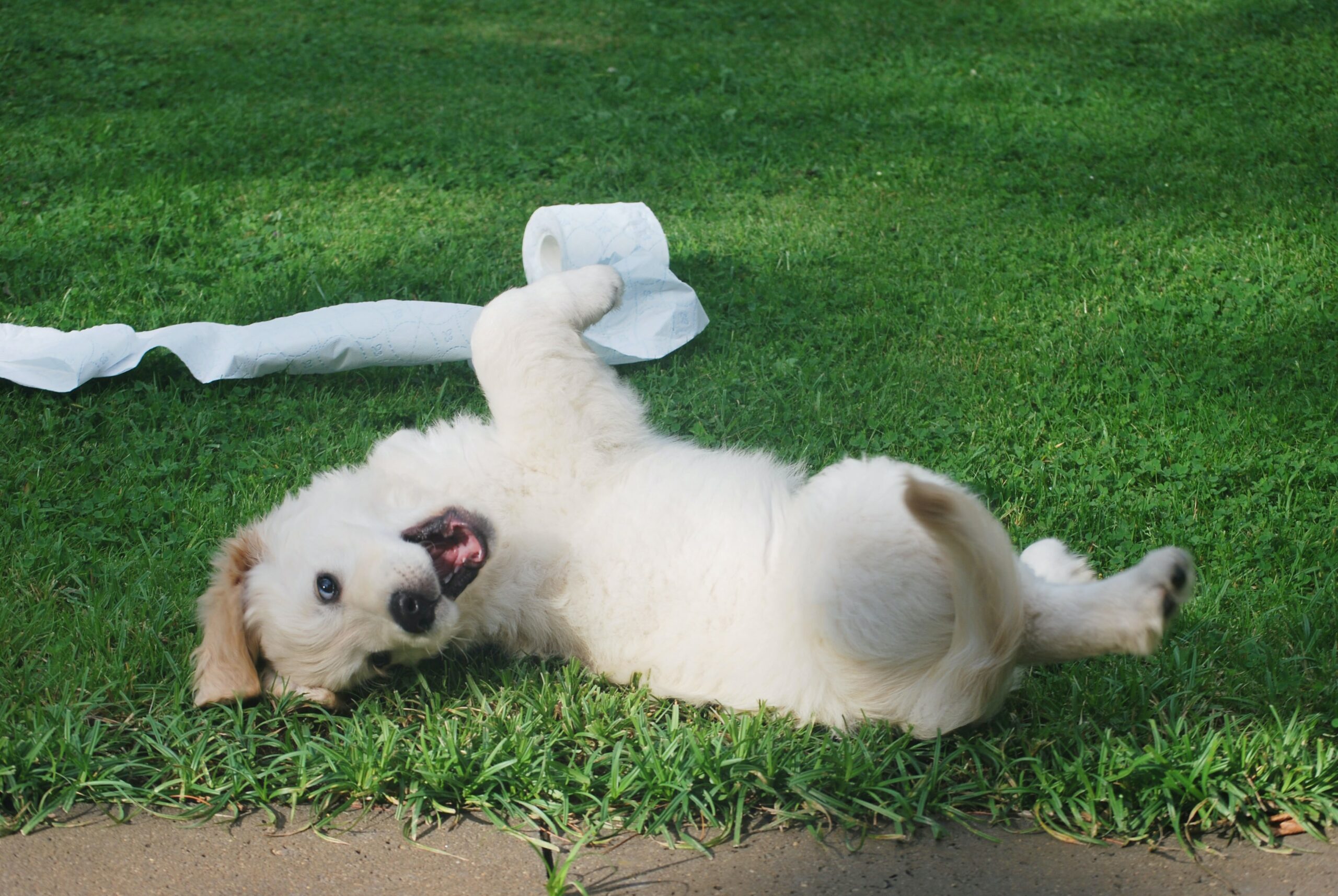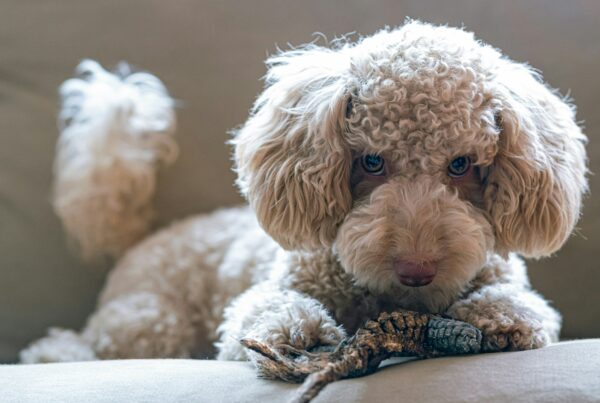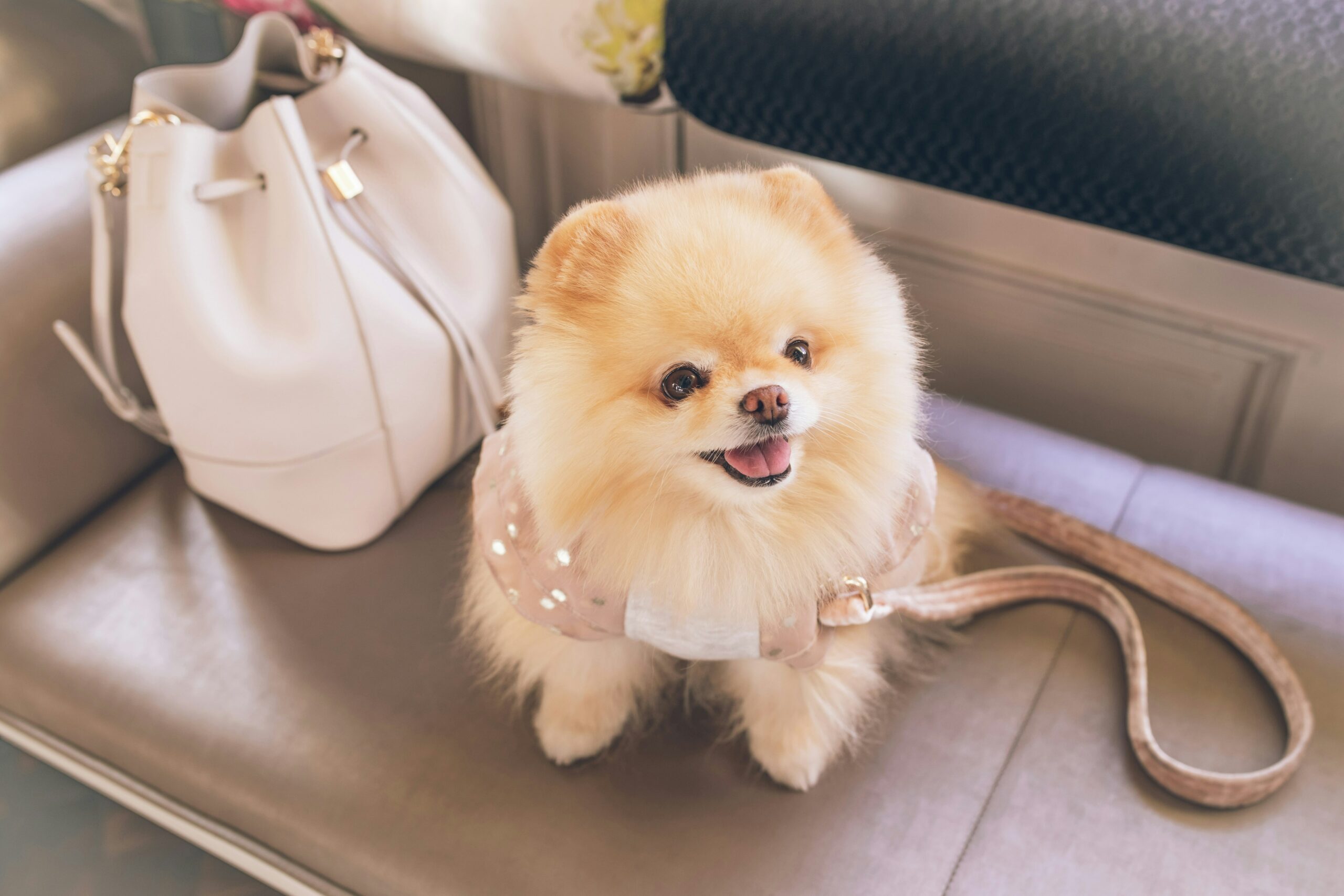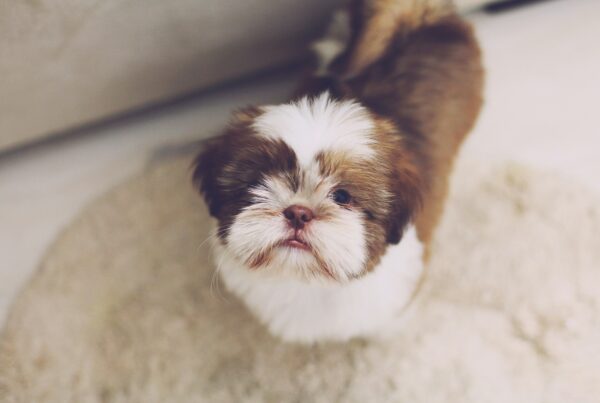The global pet services market was valued at $24.92 billion in 2022 and is expected to grow at a compound annual growth rate of 9.21% from 2023 to 2030. Has your family welcomed the new puppy? It might be challenging yet enjoyable to try to train your puppy. The connection with your new puppy and its personality will only deepen as you teach them. Dogs are some of the best friends we can have. Your new dog has recently joined your family it is already bringing you so much love and happiness.
You can’t wait to see this adorable little bundle of fur matures into a respectable adult dog. But, to keep your new pet happy and safe, you must also work hard to help them adjust to their new surroundings. Continue reading to learn more about the tips for training your new puppy.
1. Begin Training Right Away
You can start by putting your puppy on a regular schedule. Make sure to feed him at the same times each day. Make sure to bring him outside to potty every time he eats, drinks, or wakes from a nap.
It’s easy to laugh at the adorable things that puppies do. What is the issue? When your dog is grown, those same activities will continue.
Every minute, every interaction, one of you two is being trained; make sure it’s the puppy, not you. Don’t support undesirable behaviors now. You can also check out the dog training found here at K-9 Culture, which offers top-notch services.
2. Socializing
Socialization is exactly what it sounds like. Getting your puppy out and about to meet new people, places, and circumstances. Puppies who are well-socialized grow up to be well-adjusted adults.
It is critical to socialize your puppy with people, animals, locations, sights, and noises so that he does not react to them as an adult. Furthermore, your puppy must be accustomed to being handled in ways. It will make your puppy feel more at ease at places like the vets and the groomers.
3. Crate Instruction
When you are unfit to watch over your puppy, you should confine him in a crate. Allow your puppy enough time to feel at ease in his kennel. It can end up being one of his favorite places. It can aid in stopping your puppy from picking up undesirable behaviors like improper chewing or feces-picking. Additionally useful for house training are crates. Most dogs won’t go potty in the same area where they sleep. You might be able to halt or avoid going potty inside if you keep him in the crate when he isn’t with you outside or under your supervision inside the house.
4. Confinement
Puppy crates shouldn’t be used for longer than a few hours at a time. Even while you are home to watch him, he shouldn’t have complete freedom in the house. There are too many objects for a puppy to gnaw on, hide under, or get hurt by.
You may reduce the likelihood that your puppy will pick up undesirable habits by isolating him in a kitchen or other small room with a door or baby gate. Remember that a puppy who encounters an exciting activity repeats the behavior. It is unable to make use of these chances due to confinement.
5. Prevent Destructive Chewing and Bite Inhibition
Puppies love to chew. It isn’t news to most people, especially those with a new puppy at home. Rather than trying to prevent a puppy from chewing, teach him which things are appropriate to chew toys.
Confinement is one of the tools in your arsenal when it comes to chew training. It allows you to prevent your puppy from having the opportunity to chew on furniture, shoes, toys, or anything else you don’t want him to have. Another aspect of chew training is directing him to the proper toys.
When your dog picks up something you don’t want him to have, saying “no” is insufficient. Direct him to something he can consume. Bite inhibition training is also crucial for puppies. It entails educating your puppy to use his teeth. Through interaction with their littermates and their moms, puppies start to get biting inhibition. Once they enter a household, many puppies need to continue learning this lesson.
Allowing your puppy to use his mouth while playing with him will help you teach him bite inhibition. If, yet, he uses his teeth excessively, stop the game. Once your puppy learns that the fun stops when he bites too hard, you should begin to see him using his mouth much more gently.
Infographic Provided By Atlanta personal injury lawyer, Van Sant Law
6. Positive Reinforcement
Puppies respond better to rewards than punishment during training. While punishment may stop undesirable behavior, it does not say what you want him to perform. Harsh penalties may cause behavioral problems like hostility or fear.
Your puppy will want to do more of the behaviors you want him to be receiving positive reinforcement. Your puppy can be trained to repeat the actions you prefer. When your puppy misbehaves, praise it for good behavior. Your puppy will soon consistently exhibit positive behavior.
7. Basic Obedience
Puppies can start working on basic obedience as you bring them home. Training cues and commands help provide a much-needed sense of structure and a set of rules for your puppy. Use positive reinforcement to start working on basic dog training commands, lie down, and come on base.These basic commands will go a long way in helping your puppy grow into a well-behaved adult dog.
Make the Most of Training for Your New Puppy
Training your new puppy is an enjoyable strategy for your pet. Remember to keep things interesting. You’ll be amazed at how your puppy learns new skills. Remember that time, pet care, and dedication can create a lifetime of experiences together.
Begin right away by reviewing our puppy training recommendations! Did you find this article helpful? Check out the rest of our blog for more!
Photo credit: https://unsplash.com/photos/RR-FwGB6PEU
Did you find this city dog content helpful? Share it with a friend or link it to social media. Enjoy short clips of silly dogs? Best dog training videos? Holistic puppy training tips? Follow us on instagram @nydognanny or on YouTube at nydognanny. Have some news you needs to get to dog and cat parents stat? Email info@newyorkdognanny.com with your article pitch.




